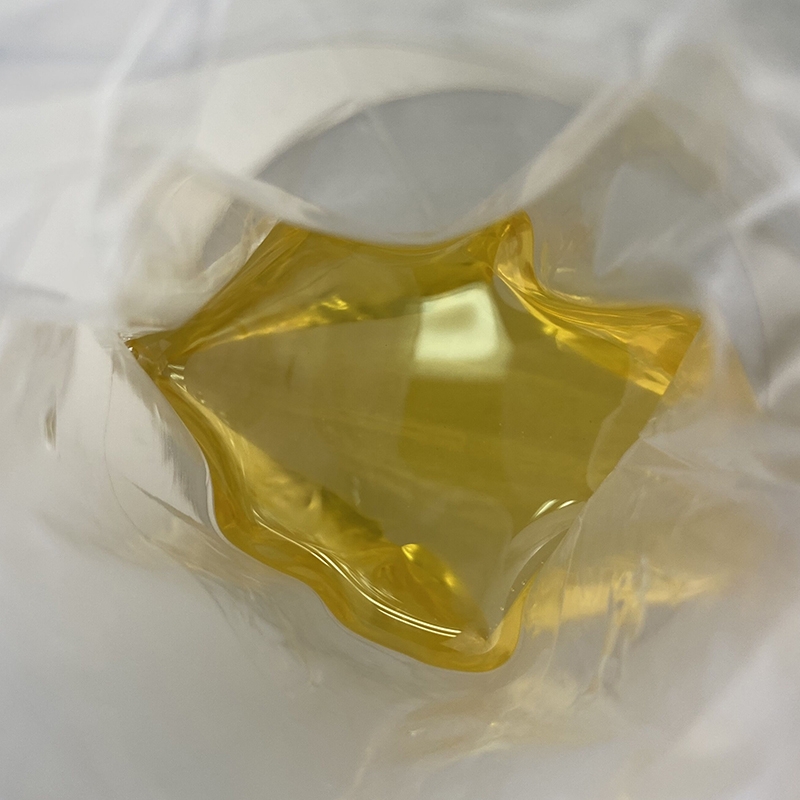-
Categories
-
Pharmaceutical Intermediates
-
Active Pharmaceutical Ingredients
-
Food Additives
- Industrial Coatings
- Agrochemicals
- Dyes and Pigments
- Surfactant
- Flavors and Fragrances
- Chemical Reagents
- Catalyst and Auxiliary
- Natural Products
- Inorganic Chemistry
-
Organic Chemistry
-
Biochemical Engineering
- Analytical Chemistry
- Cosmetic Ingredient
-
Pharmaceutical Intermediates
Promotion
ECHEMI Mall
Wholesale
Weekly Price
Exhibition
News
-
Trade Service
This finding helps explain why ostrich populations living in the wild vary so much, suggesting that the optimal size of the population depends on the balance of
males and females in it.
Like humans, ostriches meet the challenges
of parenthood by joining forces to care for their offspring.
Groups breed in common nests, where individuals take turns incubating their eggs
.
However, this cooperative breeding is not without cost, as there can be fierce competition
for mating and whose eggs are hatched.
Julian Melgar, a postdoctoral researcher at Lund University in Sweden, explains: "The competitive forces of competition and cooperation are expected to lead to an optimal group size
in nature.
" "But in the wild, the size of the group varies a lot, and the reason is not clear
.
"
A common explanation is that group size varies with ecological conditions, but this does not explain why different constituent groups live in similar environments
.
Melgar explains: "We set out to study the costs and benefits of group size under consistent ecological conditions, to isolate the impact of individual differences on reproductive success from group attributes, and to figure out how competition and cooperation change
with group size.
"
For eight years, at the start of the breeding season in May each year, researchers have built experimental groups
by placing different numbers of male and female ostriches in a large paddock in Klein Karoo, South Africa.
A population consists of one to three males and one, three, four, or six females, similar to the range of group sizes seen in the wild
.
During part of the breeding season, cooperative hatching is
prevented by temporary egg migration.
The number of males and females in the population and the effect of
hatchery cooperation on reproductive success were measured.
The study revealed three main findings
.
First, there are multiple optimal groups for female ostriches, as their reproductive success depends on male and female ostriches sharing care for their offspring
.
In contrast, the second finding is that males have a single optimal group size, which is determined by the high cost of competing with other males and the low yield of cooperative care
.
Third, medium-sized groups do not have optimal reproductive success rates for both males and females
.
This is because of contradictions
in the timing of mating and the care of offspring.
In medium-sized groups, when males mate with females who are hatching, hatching is interrupted, causing damage
to the eggs.
These differences between males and females in maximizing reproductive success can help explain why there are so many
differences in population sizes in nature.
Senior author Charlie Cornwallis, Senior Lecturer at Lund University in Sweden, concludes: "Ecological conditions, breeder quality and kinship are often used to explain changes in the size of cooperative breeding populations, but our findings suggest that this change is independent of
these factors.
" "The countervailing forces of cooperation and competition can generate different reproductive benefits between men and women and increase the range of
social conditions for the highest reproductive success.
" Our findings will help us understand why cooperatives are the way they are, and may contribute to conservation efforts and animal breeding programs
by showing how different social pressures affect reproduction.
”
Journal Reference:
Julian Melgar, Mads F Schou, Maud Bonato, Zanell Brand, Anel Engelbrecht, Schalk WP Cloete, Charlie K Cornwallis.
Experimental evidence that group size generates divergent benefits of cooperative breeding for male and female ostriches.
eLife, 2022; 11 DOI: 10.
7554/eLife.
77170







